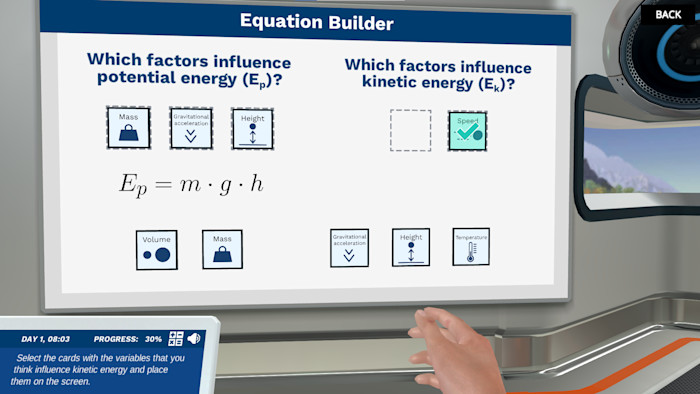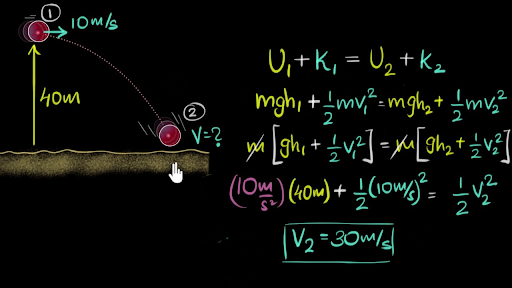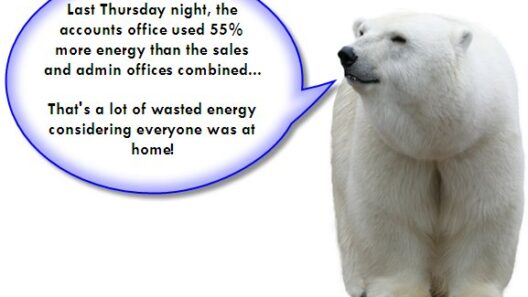Roller coasters present an exhilarating blend of physics and entertainment, captivating millions around the globe. At the heart of these thrill rides lies a fundamental concept that governs not only amusement parks but also myriad natural phenomena: the conservation of energy. This principle holds immense significance in our understanding of motion, transforming potential energy into kinetic energy, and vice versa. The implications of this principle extend beyond the confines of roller coasters, prompting us to re-evaluate our interactions with energy in everyday life.
To grasp how conservation of energy applies to roller coasters, one must begin with an understanding of the basic principles of energy itself. Energy exists in various forms, including kinetic (the energy of motion) and potential (stored energy due to position). In the context of a roller coaster, the energy transformations are visually and dynamically striking, facilitating a compelling interplay between these two forms as the ride progresses.
At the onset of the ride, the roller coaster begins its ascent to the highest point of the track. During this climb, which often resembles a slow yet steady slog, the roller coaster accumulates potential energy—energy that is directly proportional to its height. This principle is governed by gravitational forces; the higher the coaster ascends, the more potential energy is accumulated. This initial energy investment is critical, as it sets the stage for the thrilling descent that follows.
As the coaster reaches the apex and begins its descent, the potential energy transforms into kinetic energy. This transition is not merely an exchange; it is a vivid demonstration of energy conservation in action. The potential energy accumulated during the climb translates into exhilarating speed, propelling the coaster downward with an adrenaline-pumping velocity. The forces at play during this descent can induce feelings of weightlessness, making the experience not just entertaining, but profoundly impactful from a scientific perspective.
Throughout the roller coaster’s journey, energy transformation does not cease. As the coaster navigates loops and turns, kinetic energy is continually converted back into potential energy when ascending hills. Bridging these energetic transformations showcases the innate efficiency of roller coasters. The conservation of energy principle asserts that energy cannot be created or destroyed; rather, it is merely transferred or transformed. Hence, the energy employed in propelling the coaster along its course is utilized effectively, maximizing the riding experience without necessitating additional energy inputs from external sources.
It is crucial to consider the implications of these energy dynamics in a broader environmental context. Roller coasters epitomize the conservation of energy, a principle that, if taken to heart, could inform sustainable practices and innovations in energy use across myriad industries. As society grapples with the ever-looming threat of climate change, the lessons gleaned from the operations of roller coasters can inspire curiosity about our energy choices.
For instance, the fundamental tenets of energy conservation can serve as a foundational philosophy for renewable energy technologies. Wind turbines, solar panels, and hydropower systems all operate under similar paradigms, transforming natural resources into usable energy forms while epitomizing efficiency. It provokes thought regarding how we might reimagine our energy systems to minimize waste and maximize output, much like a well-designed roller coaster navigates its track.
An intriguing further consideration involves the role of friction and air resistance within the context of roller coasters. While these forces inevitably cause energy losses, they also present a necessary balance in the excitement of the ride. The presence of these resistive forces necessitates careful engineering and design, akin to the challenges faced when optimizing energy efficiency in energy systems. Designers must take into account how to mitigate these energy losses while ensuring safety and thrill—an ongoing challenge that parallels the quest for sustainable solutions in a world increasingly reliant on efficient energy use.
Moreover, observing how roller coasters incorporate safety systems—such as brakes activated by compressed air or electromagnetic forces—further demonstrates the application of energy principles. Safety mechanisms are designed to engage accurately and efficiently, transforming kinetic energy safely into thermal energy, thus showcasing how engineering can harmonize thrill with responsibility. This balance echoes the very essence of sustainability; we must strive to harmonize energy consumption with environmental stewardship.
Through the lens of roller coasters, one can appreciate the interconnectedness of science and sustainability. Adopting a curious mindset might prompt individuals to further explore energy principles—in their own lives and in broader societal contexts. The thrilling design of roller coasters embodies the essence of transformation and the delicate ballet of energies, urging us to consider how we utilize energy in our own endeavors. From energy-efficient appliances to renewable energy infrastructures, every aspect of our lives can embody the same principles that govern an exhilarating ride.
Ultimately, the conservation of energy lends itself to much more than a mere explanation of roller coaster mechanics. It stands as a profound reminder of our broader responsibilities regarding energy consumption and environmental impacts. By stimulating curiosity and inspiring innovative thinking, we might one day evolve our energy systems to resonate with the efficiency and thrill of a roller coaster, ultimately forging a path toward a more sustainable future. As we marvel at these systems of energy in motion, let us not forget the lessons they impart—about both the world of physics and our commitment to planetary well-being.







